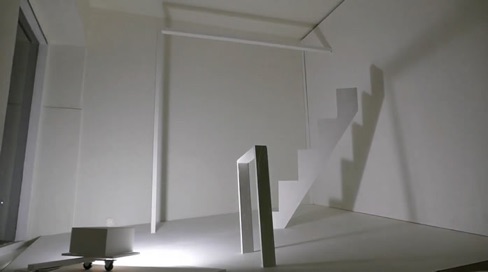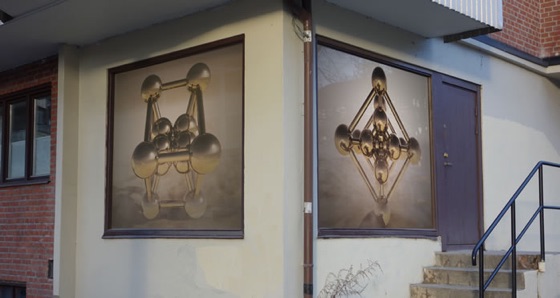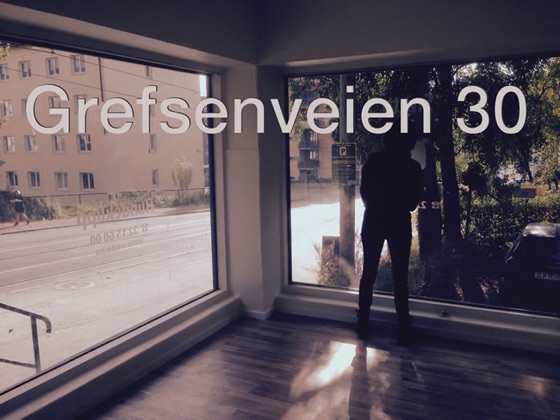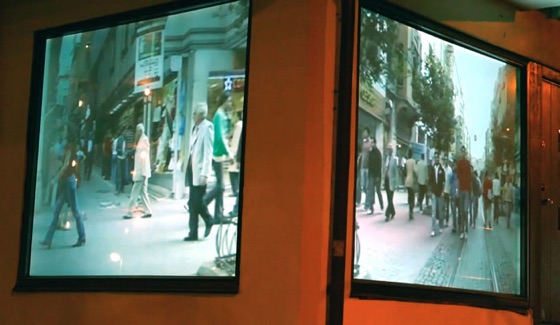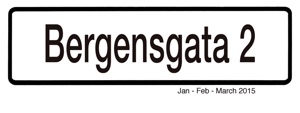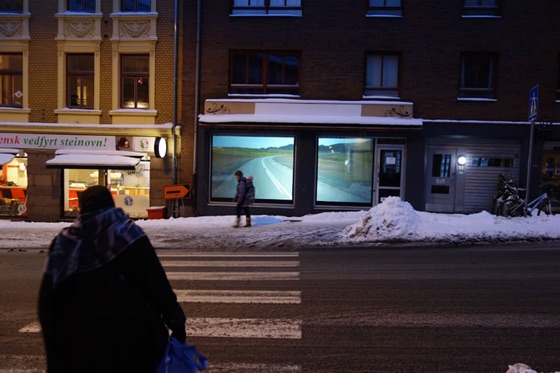Temporary Platforms for Art in Public Space
“The practice of art in public space is an institutionalised practice. Our aim is to diversify it.”
Following the path of Atopia’s Vitrine project (2007-11) and Bergensgata 2 (2015), we acquired and converted the shop front on Grefsenveien 30 into a location for production and presentation of new works for the next three months.
The initial aim of this project is to produce and exhibit several works that express, examine and confront our own perceptions of public art.
Working in particular with video we also set out to explore different characteristics of moving image and duration differentiating videoworks shown inside galleries as opposed to the public space.
This project is part of Atopia’s ongoing explorations of art in public space, and part of a larger study of dominant politics and conditions of public art in Norway. The practice and study of public art concern us with its social, institutional and individual functions, interactions and implications.
We work within a city-scape dominated by commercial and political advertisements. The majority of imagery across the city is targeting audiences to buy commercial or political products. With this project we aim at exploring the possibilities of introducing alternative imagery within the city-scape. How could such imagery evolve and function?
Due to its complexities the practice and concept of public art tends to be monopolized by larger state organizations or corporations. The terms and conditions of this practice are set by such institutions, which often use artists as mediators of their particular agendas.
With such projects Atopia aims at diversifying the practice of public art and providing an independent platform for artists working in public space. How would such an initiative contribute to the discourse of art in public space?
Art in public space needs to be scrutinised from various angles, and we believe artists should take a more active role in defining its parameters. An important aspect of this project is to encourage the artist community to take an active and independent role in practicing their right to the city. How do we relate to one’s right to the city?
This project has various intentions and aims, but above all it is an art project.
Grefsenveien 30 is an Atopia project initiated by Linn Lervik and Farhad Kalantary operating during the months of December 2015 and January - March 2016.
This project is sponsored by Kulturetaten of Oslo Kommune.


